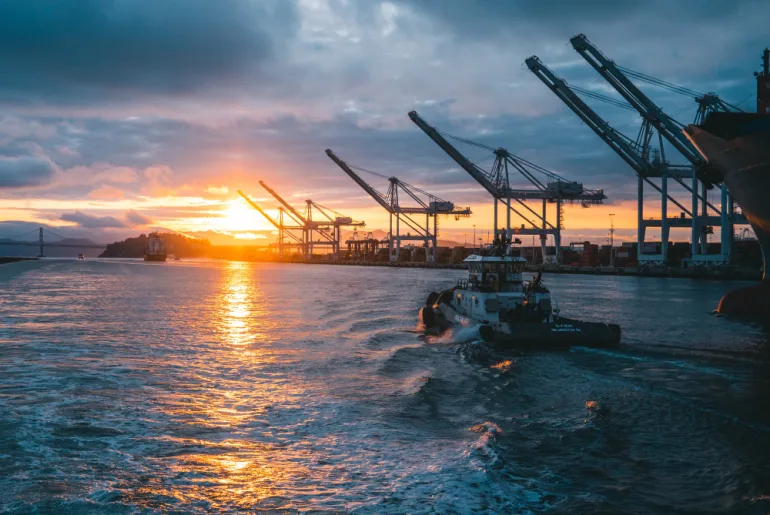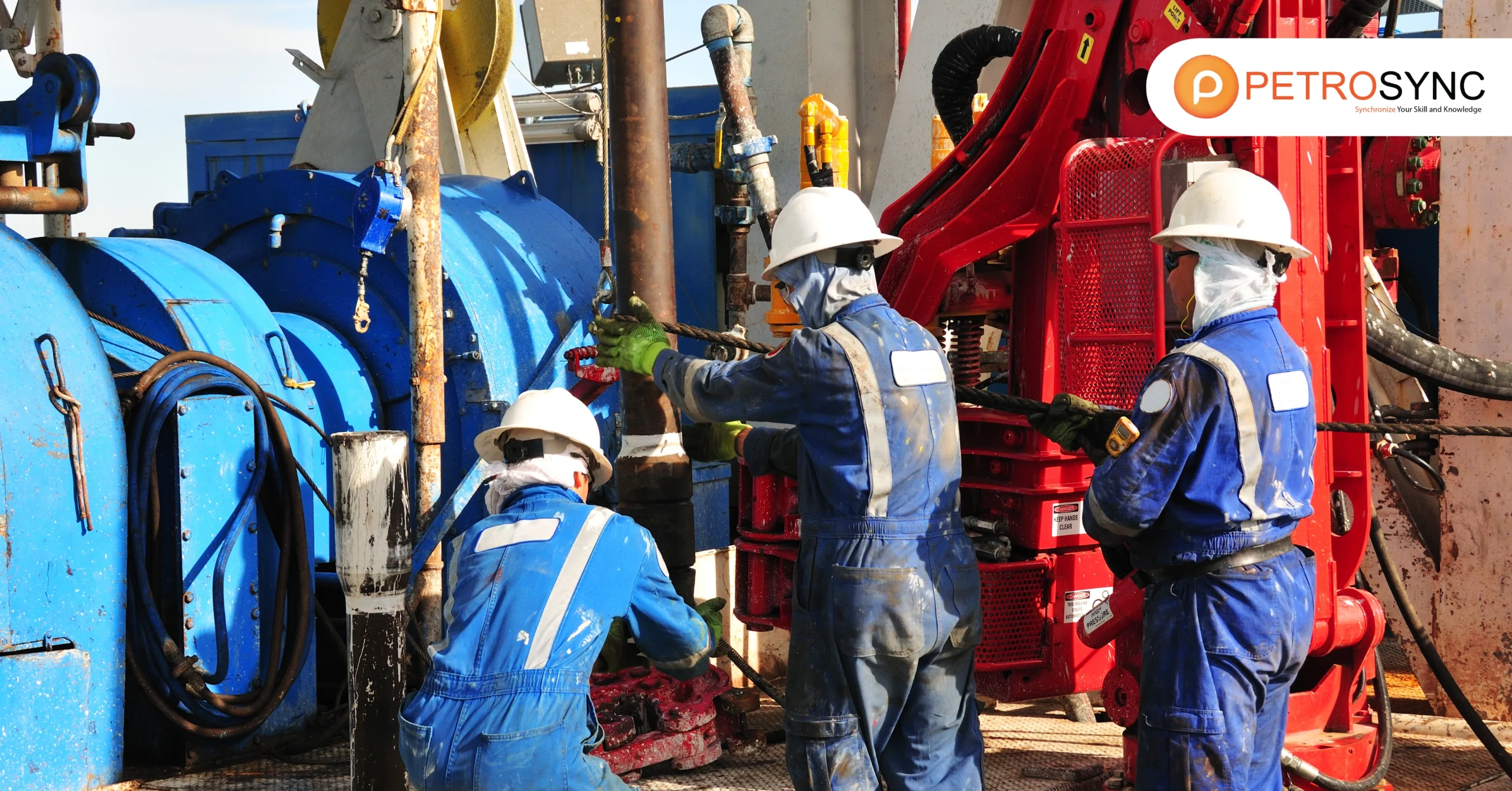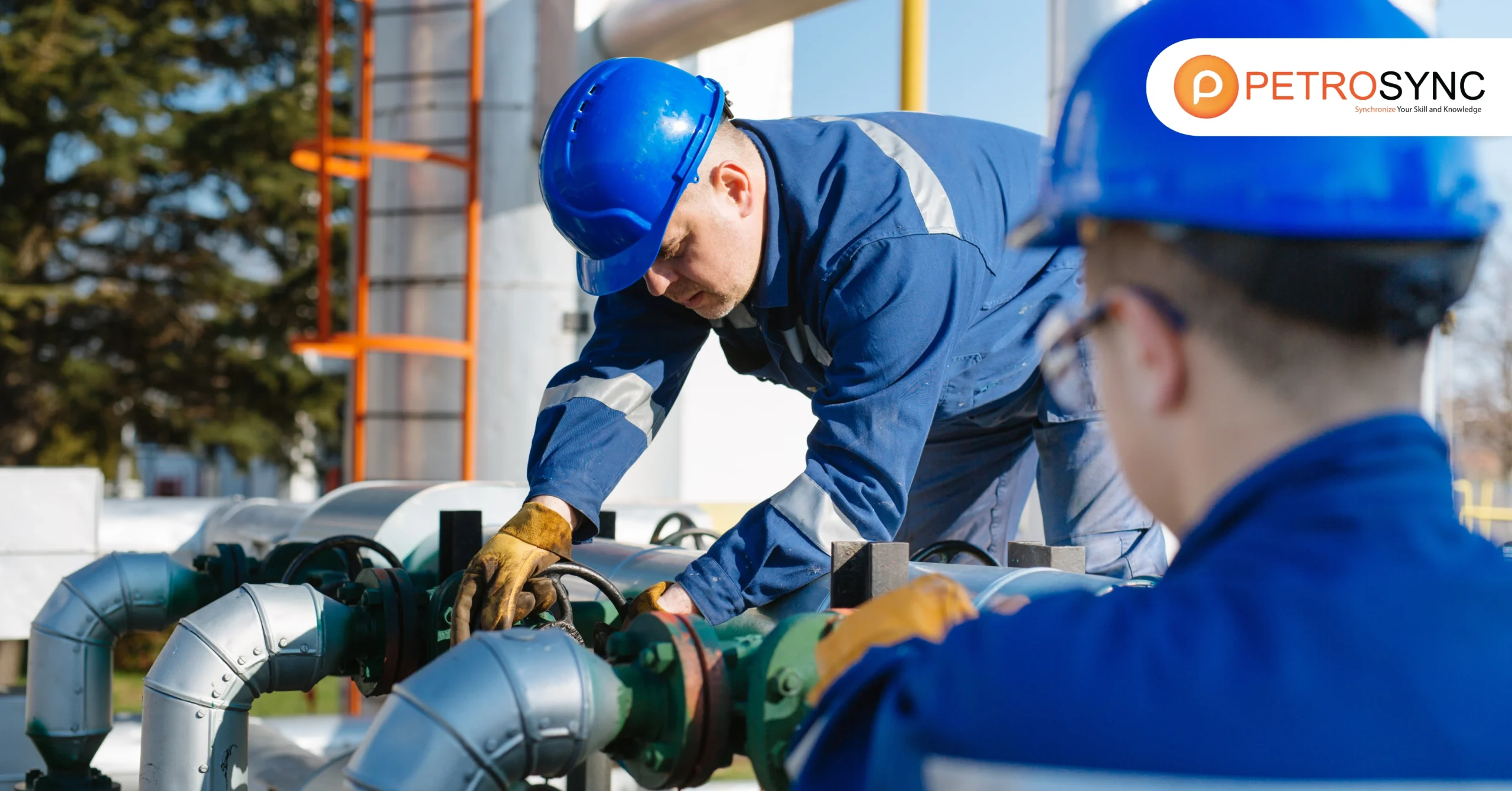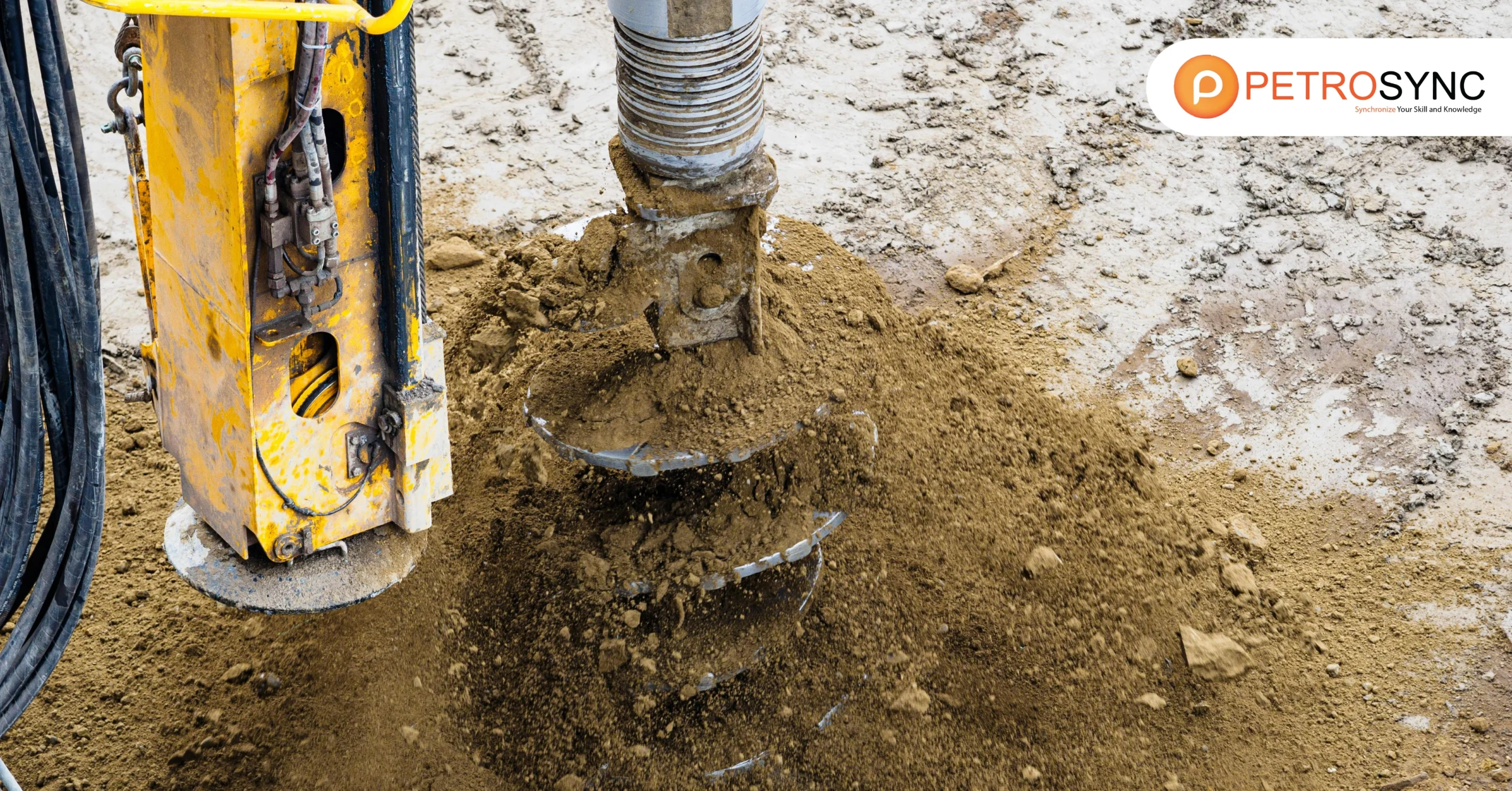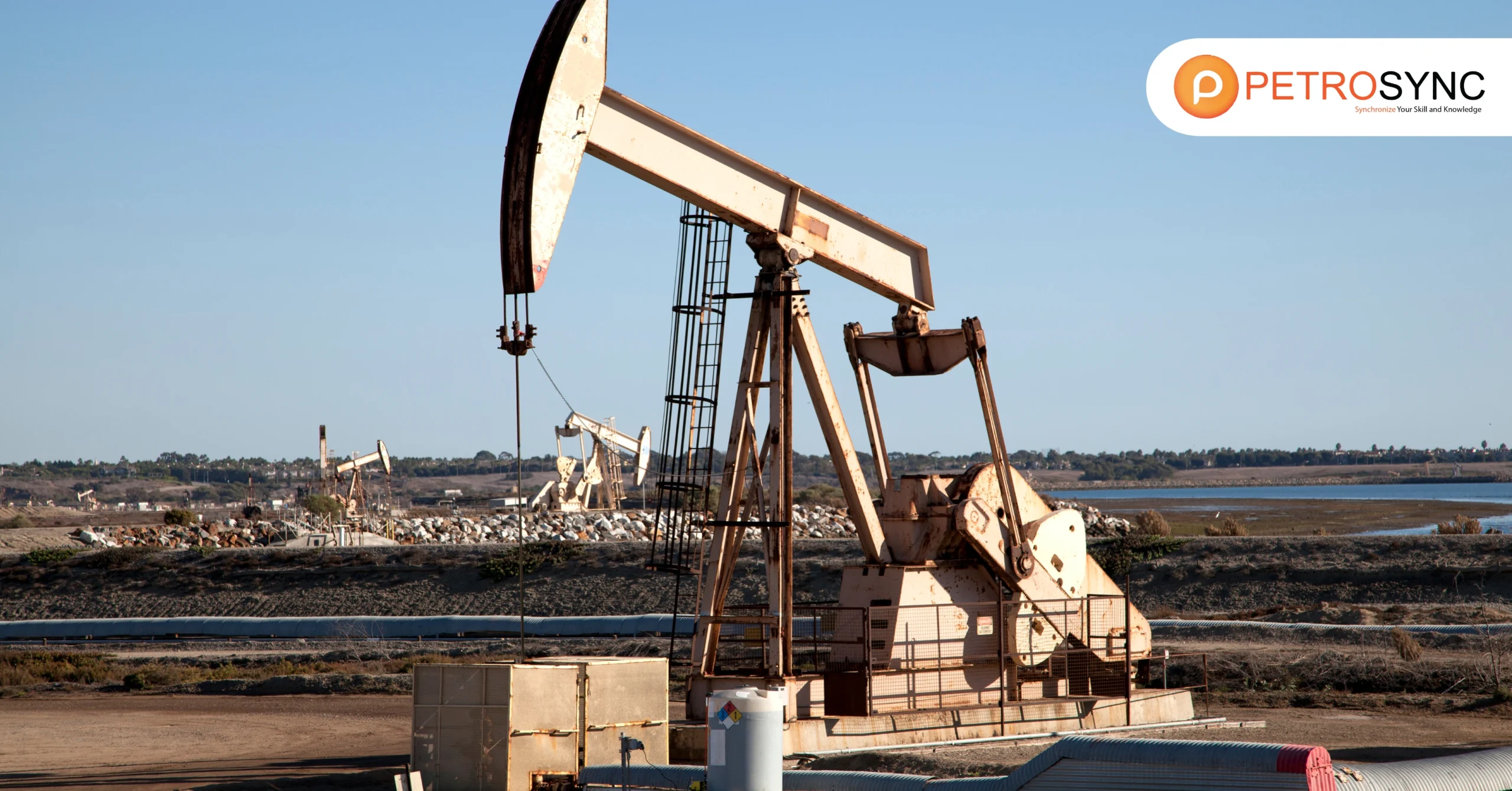In the oil and gas industry, exploring and producing these reservoirs is a critical component of the upstream process. To extract hydrocarbons from the reservoir, engineers drill wells into the rock and use various production techniques to bring the oil or gas to the surface. In this article, we will dig deeper into each reservoir characterization that becomes a pivotal aspect in well completion and workover.
What Are The Characteristics of Reservoir?
The reservoir characterization can significantly impact the feasibility and economics of oil and gas production. Therefore, understanding the characteristics is crucial to effectively evaluate and develop oil and gas resources, and to optimize production to maximize profitability. Several characteristics of the reservoir need to be considered, they are:
- Porosity
- Permeability
- Relative Permeability
- Saturation
- Natural Fracturing
- Hydraulic Fracturing Pressures
- Reservoir Pressure
- Pressure Differential
Identifying and developing reservoirs is a complex and multi-faceted process that requires a combination of geological knowledge, engineering expertise, and advanced technology.
What Is Porosity in Reservoir Characterization?
In reservoir characterization, porosity refers to the amount of empty space or pores within a rock formation. It is commonly used in the context of hydrocarbon reservoirs to indicate the percentage of the rock’s volume that these pores occupy. Porosity is a crucial parameter since it directly impacts the amount of hydrocarbons that can be stored in a rock formation.
In general, rocks with higher porosity have a greater potential to contain more hydrocarbons compared to those with lower porosity. Various methods can determine porosity, such as core analysis, well logs, and seismic data.
https://www.youtube.com/watch?v=JjEmxgr0TR8
What Is Permeability in Reservoir Characterization?
Permeability, which measures the ease with which fluids like oil, gas, or water can flow through a porous medium, is a crucial parameter in characterizing reservoirs. In simpler terms, it describes a rock formation’s ability to allow fluid to pass through it.
Several factors that can affect permeability are the shape and size of the rock’s pores, the level of connectivity between pores, the existence of natural faults or fractures, and the properties of the fluids and their interactions with the rock.
What Is Relative Permeability in Reservoir Characterization?
Relative permeability is a crucial concept that explains how much a fluid phase, like water or gas, flows relatively to another phase like oil within a porous rock formation. It measures the effectiveness of permeability for each fluid phase in the presence of other fluid phases.
Relative permeability’s significance lies in its impact on hydrocarbon flow during production from the reservoir. If the oil phase has a lower relative permeability than the water phase, then water may dominate the flow within the reservoir, restricting oil production.
Relative permeability can be calculated right after the permeability is found. After the engineers calculate the permeability—how easily a substance can be penetrated by a fluid—relative permeability, then compares this value to that of a vacuum or free space.
What Is Saturation in Reservoir Characterization?
Saturation involves determining the portion of pore space within a porous rock formation that fluids like oil, gas, or water occupy. In the upstream process, saturation is critical for evaluating the reservoir’s potential for hydrocarbon production.
Analyzing core samples from the reservoir and utilizing techniques like nuclear magnetic resonance or resistivity measurements can help determine fluid saturation.
What Is Natural Fracturing in Reservoir Characterization?
Natural fracturing refers to the presence of fractures in subsurface rock formations that occur naturally and can impact the behavior of fluids in the reservoir, including oil, gas, and water. These fractures are created through natural processes like tectonic movement, compaction, and thermal stress, and can vary in size, orientation, and complexity.
The permeability and fluid flow properties of the reservoir can be significantly enhanced by natural fractures, which is crucial for successful oil and gas extraction operations.
What Is Hydraulic Fracturing Pressures in Reservoir Characterization?
Hydraulic fracturing pressures are a parameter in reservoir characterization that involve the pressures needed to create fractures in a rock formation. This technique is used to extract hydrocarbons like oil and gas from unconventional reservoirs.
By injecting high-pressure fluid into the reservoir, the rock fractures, creating pathways for the hydrocarbons to flow to the wellbore for extraction. Optimizing the technique’s effectiveness and ensuring safe and sustainable production can be done by understanding hydraulic fracturing pressures.
What Is Reservoir Pressure in Reservoir Characterization?
Reservoir characterization involves determining the pressure within a geological formation containing oil or gas, which is a crucial factor affecting fluid flow and production. The pressure is influenced by various factors such as the depth of the formation, rock porosity, permeability, and any barriers to fluid flow. Higher pressure makes it easier to recover the fluids, while lower pressure can pose challenges.
What Is Pressure Differential in Reservoir Characterization?
To characterize a reservoir, scientists measure pressure differential, which refers to the difference in pressure between two points within the reservoir. Accurate measurement and analysis of pressure differentials help to understand the fluid flow and optimize production strategies.
Various factors, such as reservoir geometry, fluid properties, and production rate, can impact pressure differential. By minimizing the risk of damage to the reservoir or wellbore, the pressure differential can help to maximize hydrocarbon production.
Engineers who are proficient in reservoir characterization can perform successful well completion and workover operations. By analyzing these parameters, engineers can determine the optimal location and design of the well completion, such as the type of completion technique, the wellbore trajectory, and the perforation strategy.
Moreover, reservoir characterization can aid in identifying potential issues during the workover operations, such as the presence of water or gas zones, the location of permeable layers, and variations in reservoir pressure.
PetroSync provides Well Completion and Workover Operation training course as we believe knowing these fundamentals is crucial in the oil and gas industry. We want to help engineers ensure efficient and safe production in the upstream process.
Our training course aims to provide an overview of well completions and workover operations that maintain well integrity and availability for production/injection. You will learn about completion techniques, equipment, perforating methodologies, wellhead and downhole equipment, hydraulic fracturing, acidizing, squeeze cementing, and scale removal techniques.
Moreover, one of the key benefits of well completion and workover training is that it also provides an opportunity to learn about reservoir characterization. Wait no more, book your spot and improve your well completion and workover knowledge with PetroSync!
Credit header image: Freepik

SEO specialist by day, fact-checker by night. An avid reader and content writer dedicated to delivering accurate and engaging articles through research and credible sources.

